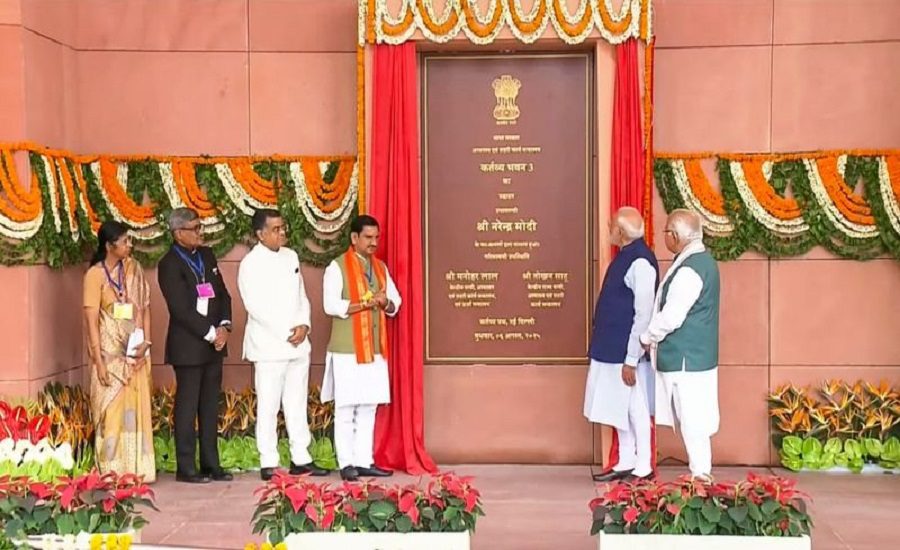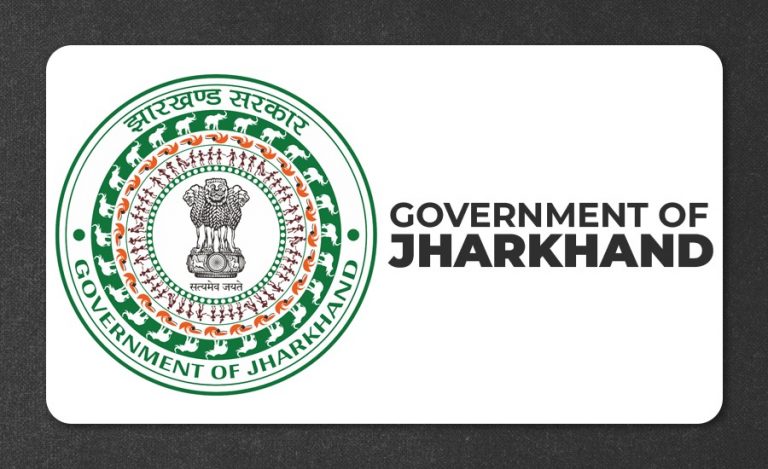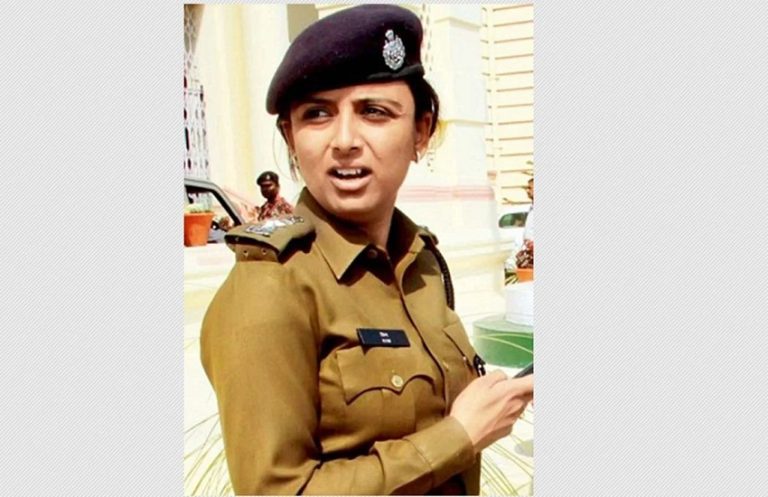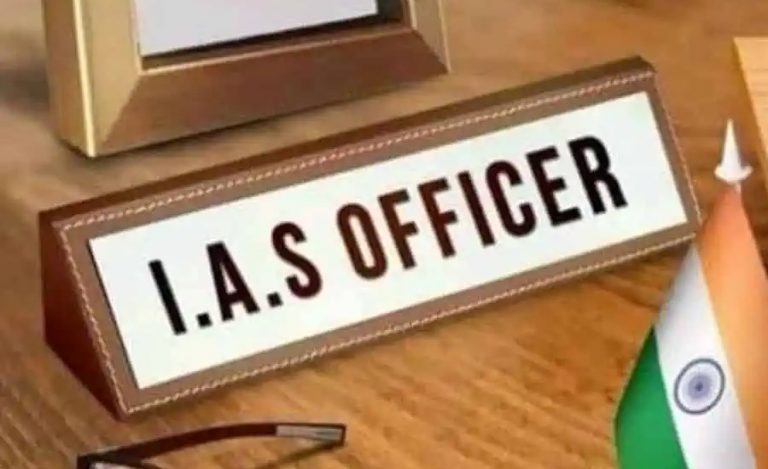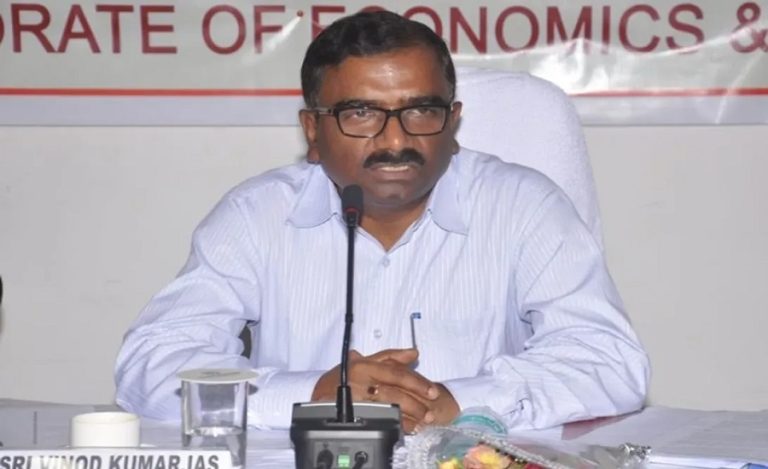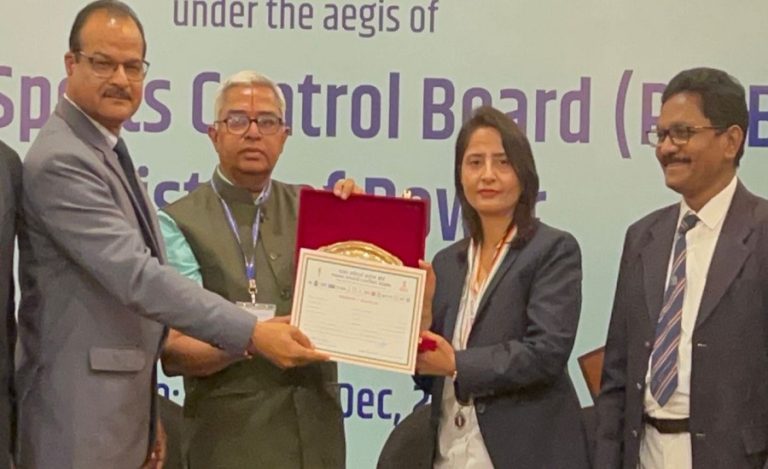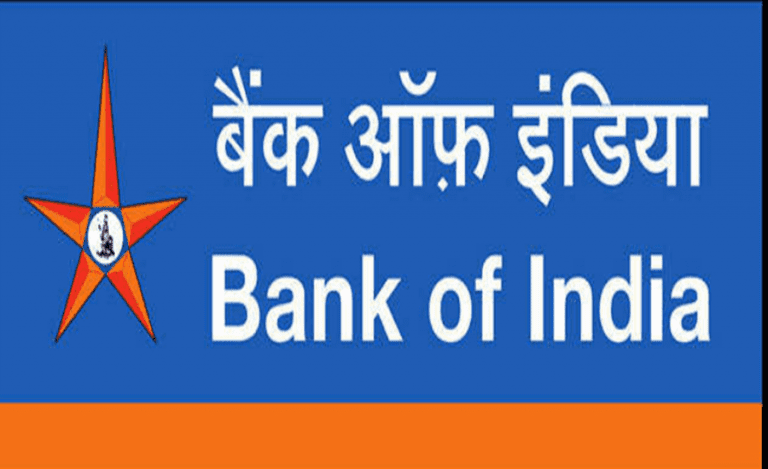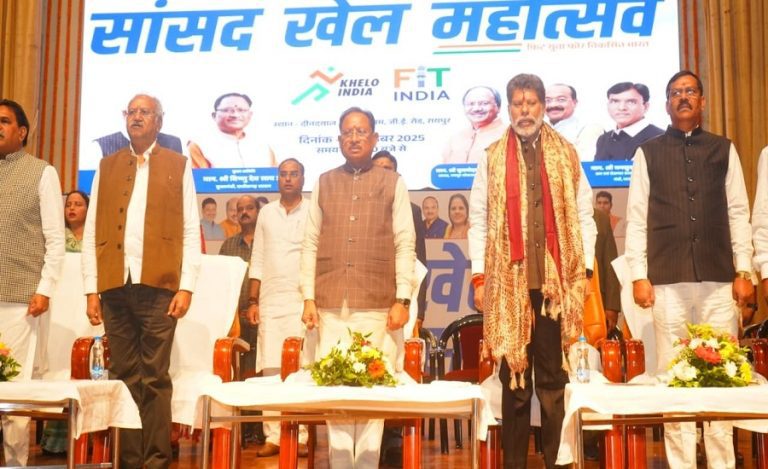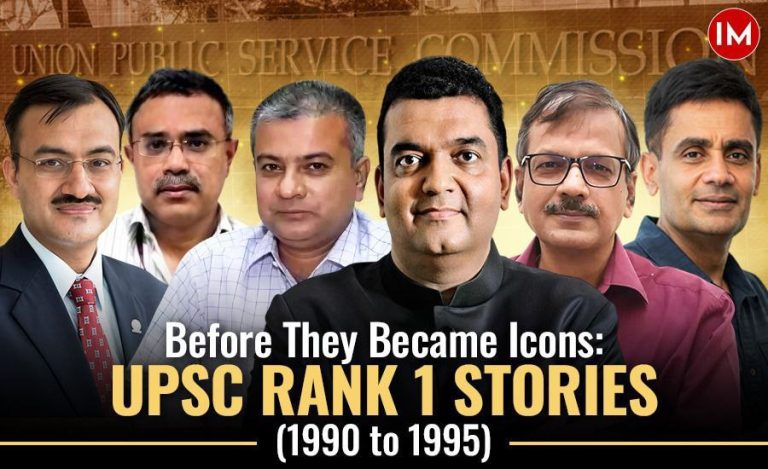New Delhi – Prime Minister Narendra Modi inaugurated Kartavya Bhavan–03 today at Kartavya Path, marking a major milestone in the ongoing Central Vista Redevelopment Project. The new state-of-the-art building is set to significantly streamline the operations of the central government by consolidating key ministries under one roof while championing green, sustainable infrastructure.
Addressing a public gathering at Kartavya Path in the evening, PM Modi emphasized the government’s vision for efficient, transparent, and environment-friendly governance. He called Kartavya Bhavan “a symbol of India’s administrative reform” and noted that such modern infrastructure is essential for a developed India of the 21st century.
read also: PM Modi to Inaugurate Kartavya Bhavan, Ushering New Era of Efficient Governance
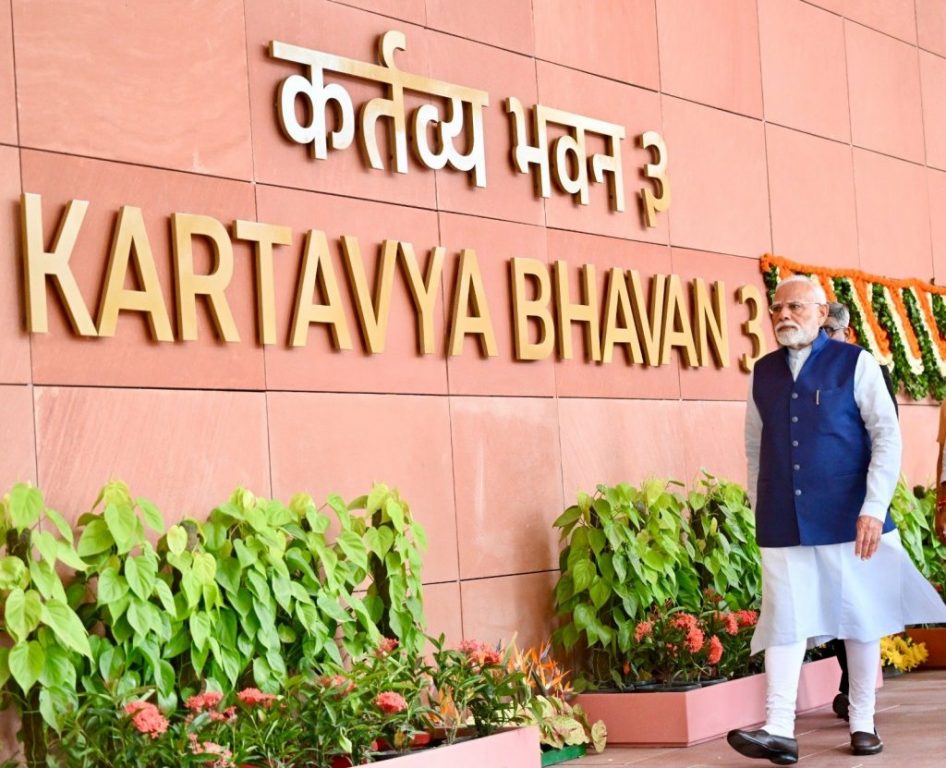
Part of a Larger Vision: The Central Vista Transformation
Kartavya Bhavan–03 is the first operational building among ten planned Common Central Secretariat (CCS) buildings. These will eventually replace ageing government offices like Shastri Bhawan, Krishi Bhawan, Udyog Bhawan, and Nirman Bhawan, which were built between the 1950s and 70s and are now structurally obsolete and operationally inefficient.
The goal is to enhance coordination, improve policy execution, and enable agile, tech-enabled governance. The project is part of the Central Vista Redevelopment, which also includes the new Parliament building, revamped Rajpath (now Kartavya Path), and new residences and offices for the Prime Minister and Vice President.

Ministries Under One Roof
Spanning 1.5 lakh square metres with two basements and seven floors, Kartavya Bhavan–03 will house:
- Ministry of Home Affairs
- Ministry of External Affairs
- Ministry of Rural Development
- Ministry of MSME
- Department of Personnel and Training (DoPT)
- Ministry of Petroleum & Natural Gas
- Office of the Principal Scientific Adviser to the Government of India
By bringing these vital ministries together, the government aims to eliminate bureaucratic silos and improve decision-making speed.
Smart, Secure, and Digital Infrastructure
According to a press release from the Prime Minister’s Office (PMO), Kartavya Bhavan–03 incorporates:
- IT-enabled, secure workspaces
- Smart ID-based access controls
- Integrated electronic surveillance systems
- Centralized command and control rooms
- Advanced meeting and conference facilities (24 large, 26 small rooms)
This makes the building not only efficient but also highly secure—supporting the operations of ministries critical to internal security, foreign policy, and development.
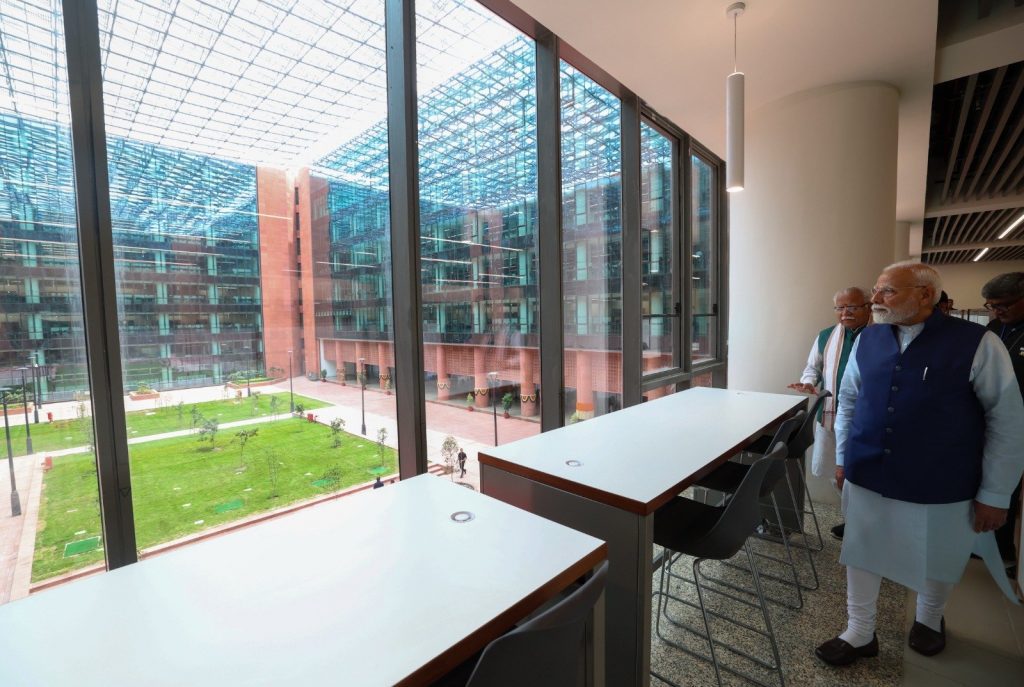
Sustainability: At the Core of Design
Kartavya Bhavan aims for a GRIHA 4-star green rating, with a strong focus on:
- Energy efficiency: 30% reduction in energy use through LED lighting, smart sensors, regenerative lifts, and energy-efficient HVAC systems.
- Solar energy: Rooftop solar panels generating 5.34 lakh units of electricity annually.
- Solar water heating: Meeting over 25% of daily hot water needs.
- Zero-discharge wastewater treatment: Recycles 1.1 million litres/day, covering 60% of water needs.
- Rainwater harvesting and drip irrigation
- In-house solid waste management (up to 1,000 kg/day)
- Eco-materials: Uses recycled construction and demolition waste for masonry and paving.
- EV support: 120 charging stations for electric vehicles, with parking for 650 vehicles daily.
Additionally, double-glazed windows help regulate temperature and reduce noise pollution, further minimizing environmental impact.
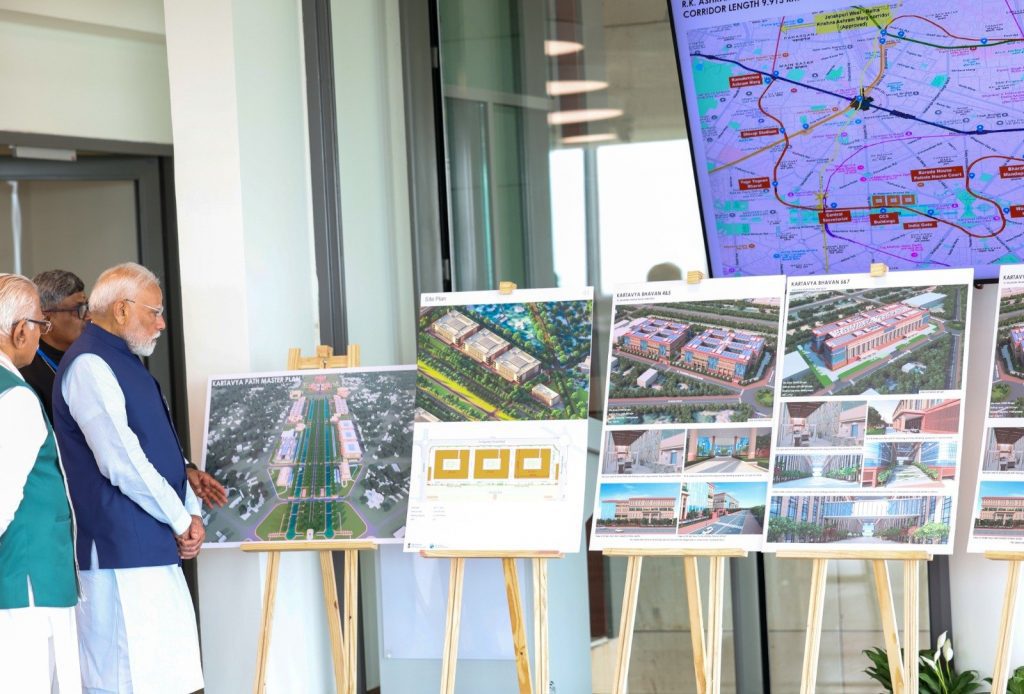
Enhancing Public Administration
The PMO highlighted that the new facility will accelerate administrative processes, facilitate cross-ministry collaboration, and reduce the logistical footprint of the government. The building also includes:
- Creche and medical facilities
- Yoga and wellness spaces
- Cafeteria and multipurpose halls
- Modern digital infrastructure for hybrid meetings
Looking Ahead
Kartavya Bhavan–03 is just the beginning. Future buildings under the Central Vista project will continue to consolidate other ministries, eventually transforming Delhi’s administrative core. Iconic structures like North and South Block are being repurposed into national museums, including the ambitious ‘Yuge Yugeen Bharat’ Museum.

